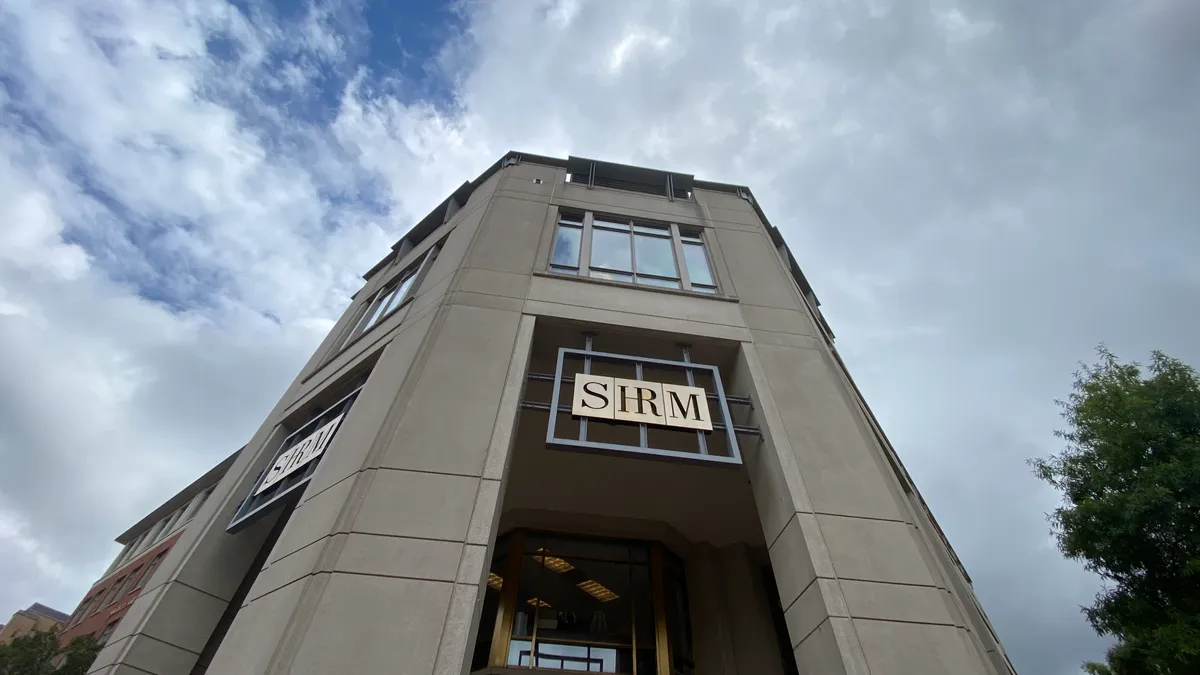Dive Brief:
- The Supporting Teaching and Learning Through Better Data Act, introduced Wednesday by Sen. Tim Kaine, D-Va., and co-sponsored by Sen. Jack Reed, D-R.I., proposes the establishment of a grant program to help state education agencies improve data gathering and spot inequities in teacher hiring and retention.
- The bill would require the National Center for Education Statistics to facilitate a study on currently available educator workforce data collections. It would also commission a report that would include proposals for a data system that could be “integrated and analyzed for regular tracking and projections of educator supply, demand, shortages and distribution” across regional, state and national levels.
- The bill would also allow officials to point out gaps in current federal data resources, including teacher workforce qualifications and credentials and the number of teachers who have received federal grants.
Dive Insight:
As teacher shortages remain a persistent concern, both state education leaders and federal officials have called attention to the lack of comprehensive, sweeping data at the local, state and national level to truly gauge and address the issue.
In August, state education officials from Indiana and Nevada shared in a webinar held by the Education Commission of the States how more data about the supply and demand of teachers would help identify and remove barriers to recruitment and retention.
A U.S. Government Accountability Office report released in October said the U.S. Department of Education needs data that actually measures the performance and milestones for its five strategies aimed at improving the teaching profession.
Those five goals, introduced last summer, are aimed at “supporting and elevating the teaching profession,” according to the Education Department. They include:
- Investing in a diverse teacher pipeline.
- Supporting teachers in earning an initial or additional certification for high-demand areas.
- Helping teachers pay off student loans.
- Providing teachers and students with resources needed to succeed.
- Creating opportunities for teacher advancement and leadership.
However, more recently, some researchers are beginning to predict the teacher shortage will not be as pressing in just a few years as districts are expected to scale back hiring as federal emergency funds deplete in fall 2024 and enrollment stagnates.
Advocates and teacher unions, on the other hand, have long pushed for additional resources and positions in schools as students’ needs have grown more complex coming out of the COVID-19 pandemic, during which a majority of schools had to pivot to remote instruction until they could resume in-person learning.
Amid the ongoing debates about the mere existence of teacher shortages, Kaine’s bill was crafted to address concerns around what data suggests is actually going on with educator recruitment and retention.
“It’s critical that policymakers and school districts have up-to-date information to better understand what’s contributing to our nation’s teacher shortages and how we can tackle this problem,” Kaine said in a statement.















